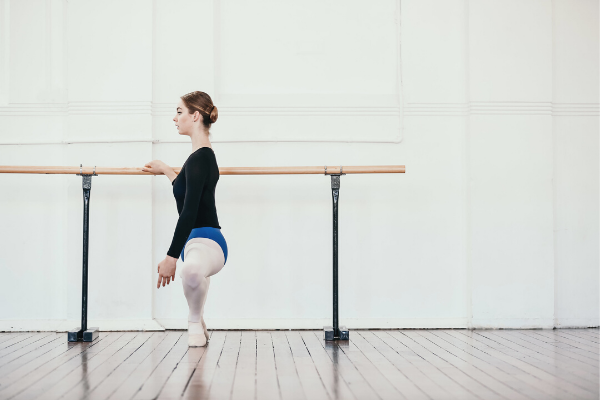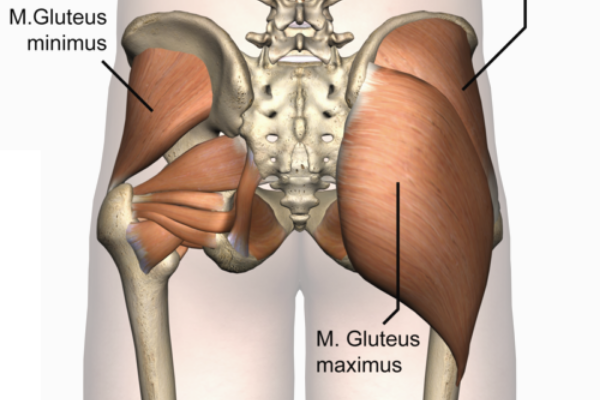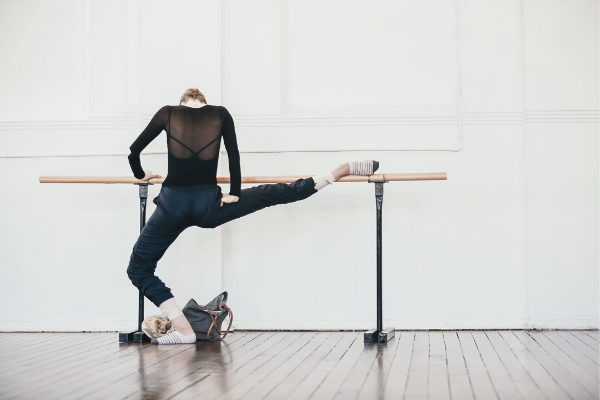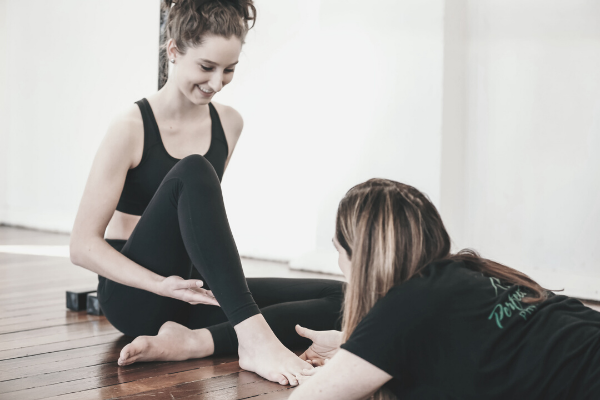- Free Articles
- Shop
- Workshops
- The Dance Educator Series
- Upcoming Workshops
- Workshop FAQ’s
- Host Application Form
- Student Workshop Application Form
- Dance Teacher & Health Professional Directory
- Workshop Testimonials
- Members Areas
- Cart
- My Account
FHL Tendinopathy
Flexor Hallicus Longus is a tendon that can become irritated and inflamed due to a combination of its location and function and poor dancing technique. A tendinopathy is the pathology of the tendon. From overuse, the tendon of FHL slowly changes in its structure, and the composition of healthy tissue declines and becomes weak.
Anatomy
The FHL tendon runs from the big toe through the arch of the foot, travels around the inside ankle bone (medial malleolus), and then crosses over at the back of the ankle where its muscle belly attaches to the outside (lateral) lower third of the lower leg.
Description
The FHL tendon can get trapped at the back of the ankle with lots of plantar flexion (pointing) of the ankle
Symptoms
Quite often problems with the FHL are misdiagnosed as Achilles Tendinopathy or Posterior Impingement as the pain can be anywhere around the back or inner side of the ankle. This is why it is extremely to get pain in this area assessed by a qualified medical professional
Pain can be felt in the muscle belly or anywhere along the line of the tendon. Most commonly a clicking at the back of the ankle is present, but pain may be felt on demi-pointe and even sometimes with plie.
Diagnosis
Your therapist will often diagnose an FHL Tendinopathy by assessing your foot with manual tests, but they may also send you for an MRI to get confirmation of the diagnosis.
Treatment
Initially treatment consists of rest from the aggravating activity, while developing a comprehensive program (such as our "Will I Ever Dance Again"program) to keep the rest of your body in shape. This is extremely important to prevent other injuries when you return to dance. Depending on the severity of the damage to the tendon the period of rest may be anything from a couple of days to several weeks.
Anti-inflammatory medications may be used to help reduce any inflammation, but often the damage to the tendon is actually degradation rather than inflammation, so this may not result in full resolution of the symptoms.
One of the most important aspects of treatment is retraining the bio-mechanics of the foot and ankle to prevent the injury from reoccurring. This involves not only the muscles in the feet, but also your core and turnout muscles to make sure that correct alignment of the leg can be maintained at all times. Often a Floor Barre is used to continue to maintain and improve your technique while retraining the muscle memory in your brain.
If the damage to the tendon is severe, or a large thickened lump has developed in the tendon, you may require surgical intervention to "clean up" the tendon. This allows the tendon to slide smoothly once again and can make a huge difference to the pain and clicking. However, all surgery has it's risks, and the decision to operate should never be taken lightly, and should always be a last resort, after all of the other treatments have been tried.
If you think that you may have a FHL Tendionopathy then please contact us for a professional diagnosis, treatment and a comprehensive rehab plan.
For more information about retraining the foot, you may like to invest in our Advanced Foot Control program, which is designed to help people strengthen and improve the mobility of the foot.
Pointe Resources
If you are looking to delve deeper into this topic, check out the following programs:
- The Perfect Pointe Book: This course was originally designed to help students and dance teachers safely prepare for pointe work. The four stages of tests and exercises within the book are ideal for pre-pointe preparation classes, students close to achieving pointe shoes and students already en pointe looking for extra strength and technique training.
- Pointe Range: This online program comprises of 41 clear and concise videos, totalling just under 2 hours play time, this course begins with a series of assessments to establish exactly what structures are restricting your pointe range. It then explores a diverse array of massage techniques, joint mobility exercises and fascial mobilisers to safely improve your pointe range. This is followed by an in depth look at retraining all of the muscles that stabilise the foot and ankle to allow you to actually use your new found pointe range in class.
- Pointe Intensive: This online virtual workshop is designed for both Dance Teachers & Health Professionals working with dancers. This three day Intensive will give you the most up-to-date advice in the industry to help you understand your students’ needs, analyze their differences, and them you the tools to help your students become the best dancer they can be.







